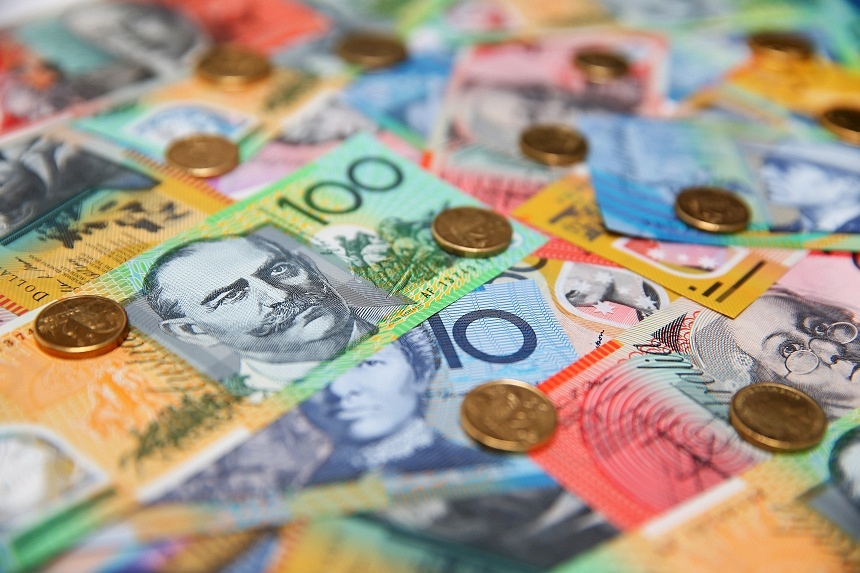
The Aussie climbed to as far as US$0.6773, the highest since Sep 3. SYDNEY – The Australian dollar hit a two-week top on Sept 18 due to wagers that the Federal Reserve could kick-start its easing cycle with a big move, although that is far from certain and those gains could easily evaporate.
The Aussie climbed to as far as US$0.6773, the highest since Sept 3, although it is battling sellers at a key level of US$0.6767 after three sessions of gains.

The kiwi dollar rebounded 0.3 per cent to US$0.6202, having slipped 0.
2 per cent overnight. Support comes in at US$0.6155 and US$0.
6107, with resistance at US$0.6253 and US$0.6298.
Both have benefitted from bets the Fed could cut rates by half a point on Sept 18, with futures pricing in a chance of 64 per cent for such a move. That came despite strong retail sales data that failed to move the needle much on the size of the imminent rate cut. “The USD may receive a small, temporary bump if the Federal Open Market Committee delivers a 25bp cut,” said Carol Kong, a currency strategist at the Commonwealth Bank of Australia (CBA).
“The USD’s reaction to a larger 50bp cut will depend on the FOMC’s communication.” “A 50bp cut that scares markets about US economic prospects could increase the USD because it is a safe haven currency. However, a 50bp cut that eases concerns about US economic prospects could undermine the USD.
” How big the Fed goes will have bearings on the interest rate path in Australia. Markets see scant prospect of a cut in the 4.35 per cent cash rate at the Reserve Bank of Australia (RBA)’s meeting on Sept 24 given policymakers have been sounding consistently hawkish.
However, analysts are tipping the monthly inflation report for August, due one day after the RBA decision, is likely to show headline inflation has slowed back to the target band of 2-3 per cent. Both CBA and Westpac expect it to come in at 2.7 per cent due to the government’s electricity rebates.
In New Zealand, data showed the current account deficit widened in the second quarter by more than expected. That prompted Goldman Sachs to lower their estimate for gross domestic product, due on Sept 19, to an annual drop of 0.5 per cent.
That compared with analyst expectations for a decline of 0.4 per cent, a reason that the Reserve Bank of New Zealand may cut aggressively and by 83 basis points by the end of the year. REUTERS Join ST's Telegram channel and get the latest breaking news delivered to you.
Read 3 articles and stand to win rewards Spin the wheel now.














